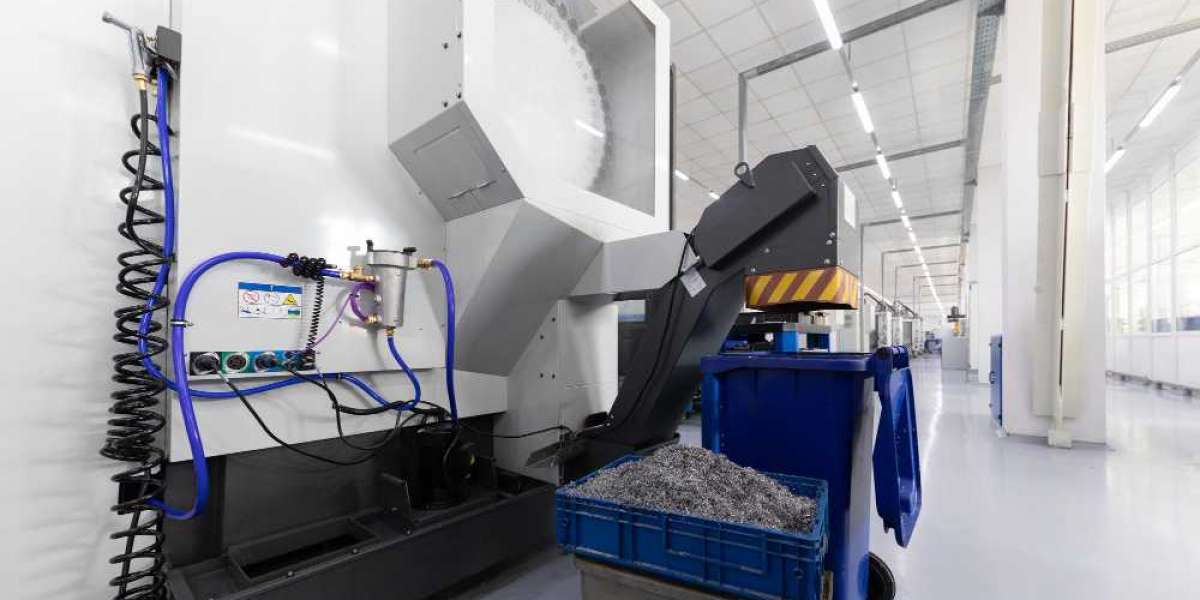Rotary kilns allow the material to undergo a phase transition or chemical reaction by the use of extremely high temperatures and regulated retention durations. A material will have a phase transition or chemical reaction at specific temperatures, which vary depending on the material. This is frequently required to impart certain properties to a material or to allow constituents to oxidize until the useful component is in the horizontal furnace.
Kiln Shell
The kiln's steel shell may feature additional tapered parts along with its conically tapered ends. It undergoes flexural stress from its weight plus the weight of the charge and lining in addition to torsion from the motor. Oval deformation occurs in the perfectly circular shell cross section due to partial filling and pointwise support. The shell is built using approximation techniques or in compliance with the rules of thin-shell statics.
Drive Assembly
The part that rotates the rotary kiln is the drive assembly. Different configurations of drive assemblies can be employed. These are direct drive assembly, friction drive, gear drive, and chain and sprocket drive. The mechanical parts of the drum do not require additional customization, in contrast to the majority of other rotary kiln components.
Riding Rings
The riding rings give the kiln load a surface to be dispersed throughout. They are one-piece steel castings that support the furnace shell. In certain configurations, riding rings with a maximum diameter of 5 meters are fused to the shell. On the thickened shell ring, however, riding rings are typically slipped loosely, particularly in kilns with large diameters. When rotating, the riding ring moves about the shell.
Thrust Rollers
Thrust rollers stop the drum from drifting or sliding horizontally. The revolving drum shell is supported by the trunnion wheels. During operation, they guarantee a concentric and suitable rotation. Because they are less expensive and easier to replace than the actual riding ring, they also serve as a wear component.
Kiln Discharge Head
There are two uses for the kiln discharge head. One goal is to give the product space to exit the kiln so it may go to the next stage of processing. Installing the kiln burner in a counter-current system serves a second purpose.
Kiln Inlet Head
When using a direct-fired kiln, the exhaust gas system in the kiln intake head is usually substantially larger. Here, waste heat gas is routed to a waste heat gas boiler for waste heat recovery, or exhaust gasses and any tiny particulates exit the system and are usually treated to eliminate impurities before being released back into the environment.
Seal
The seal serves to keep air from leaking in and process gas from escaping the system by joining the two stationary heads on either end to the revolving drum. The key to achieving the intended chemical reaction in a rotary kiln is maintaining the right temperature.
Burner
A rotary kiln's burner provides the energy needed for the operation. The burner on a kiln is usually located on the kiln discharge head, as opposed to using a combustion chamber. Burners can be made to handle a range of fuel types, including liquid, solid, and gaseous fuels. For a rotary kiln, selecting the right burner is essential to guaranteeing effective processing such as the horizontal furnaces.
Kiln Refractories
Refractory minimizes heat loss while simultaneously shielding the drum's exterior from the high temperatures inside. An essential part of the rotary kiln is the refractory liner. The mechanical stability of the shell is a critical component in determining the refractory lining's service life. The technique to be followed determines the refractories' thickness, physical characteristics, and chemical makeup for the lining.




